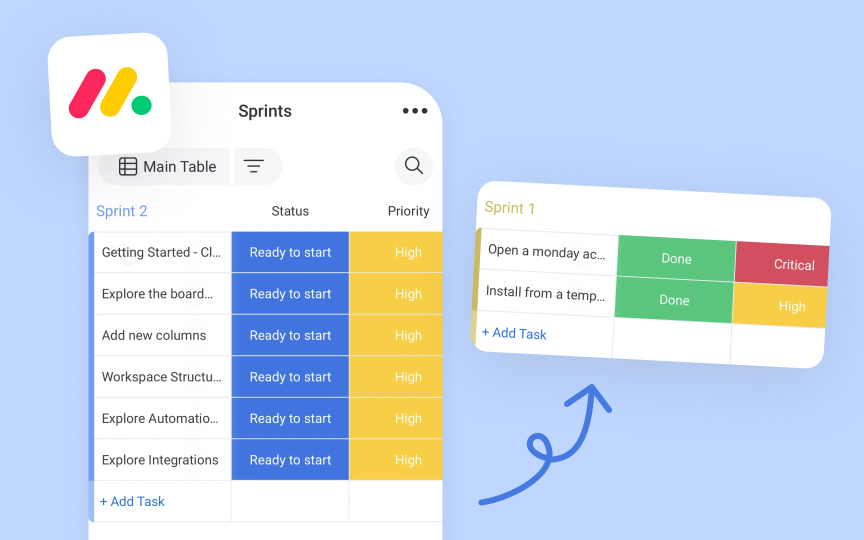Sprint planning
Scrum is a popular agile framework that provides a structured approach to sprint planning and execution. Teams use sprint planning meetings to decide what work they will complete in the next sprint period. Sprints are fixed-length iterations, typically lasting between 1-4 weeks, with most teams choosing a length that suits their delivery needs and market requirements. The planning meeting follows a time-box rule: for a two-week sprint, planning should not exceed 4 hours; for a one-week sprint — 2 hours. The entire team participates in planning, including the product owner and scrum master, as each role brings essential perspective to capacity and execution decisions.
Teams assess each item to understand technical requirements and break them into smaller tasks. When breaking down work, each task should be small enough to complete in a single day or less. This granular breakdown helps track progress more accurately and identify potential blockers early.
Planning must account for the team's real capacity. This includes reducing available hours for regular meetings, potential production issues, and ongoing maintenance work. Teams typically plan for 70-80% of their capacity, leaving buffer for unexpected work that may arise during the sprint.
Agile project management is best done on project management tools like Asana, Jira, or Linear.

